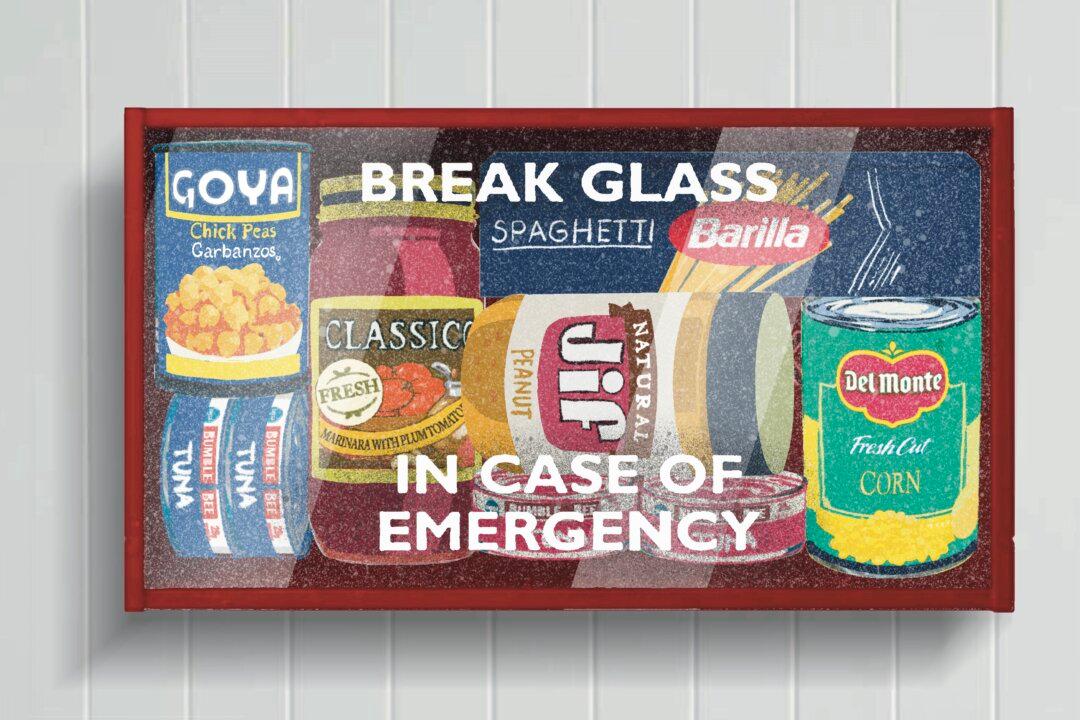A food storage pantry stocked with rice and canned vegetables is still incomplete if it doesn’t contain enough protein to maintain your health and the health of your loved ones. Unfortunately, it’s possible to become malnourished on the typical food storage checklist found on many survival and prepper websites if it doesn’t contain enough essential nutrients.
The body requires protein for building and maintaining muscle mass, cellular repair and generation, and satiety (the sensation of feeling full). In addition, protein contains the essential amino acids that the human body cannot produce on its own; is necessary for healthy hair, skin, nails, bones, and ligaments; and even aids in hormonal regulation.





